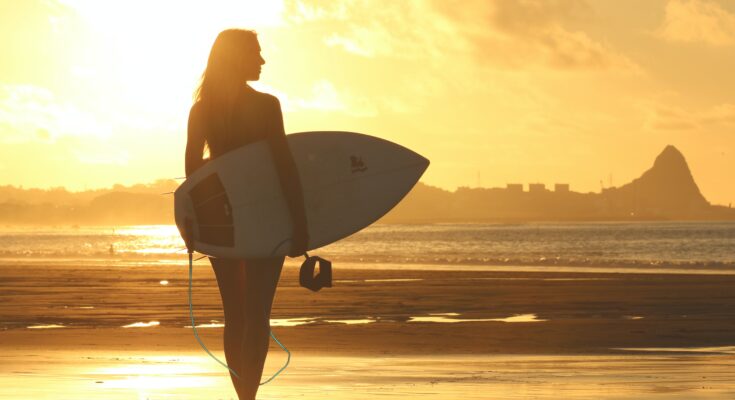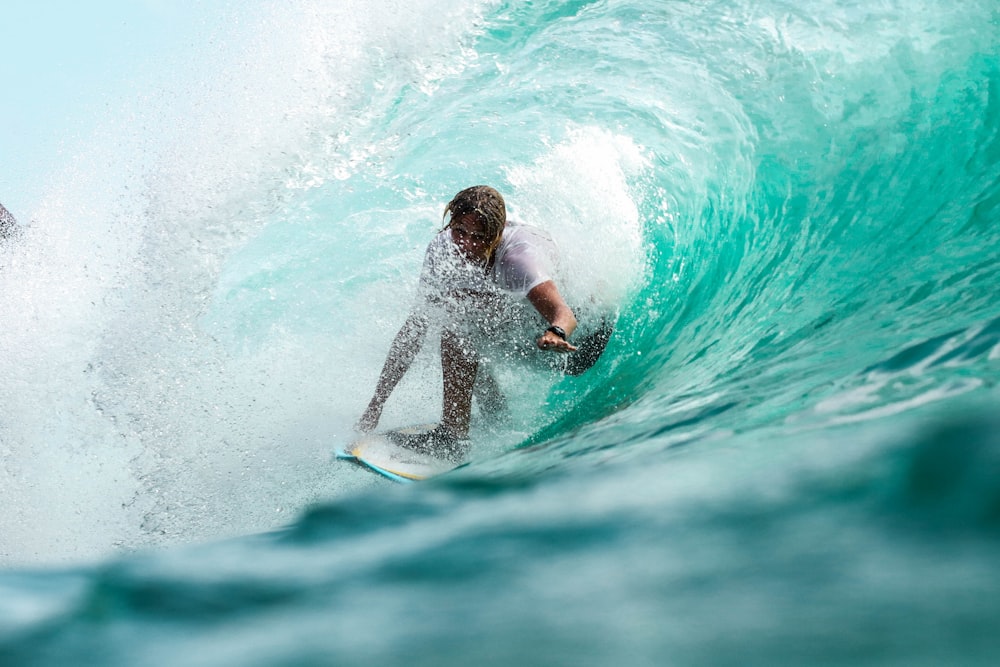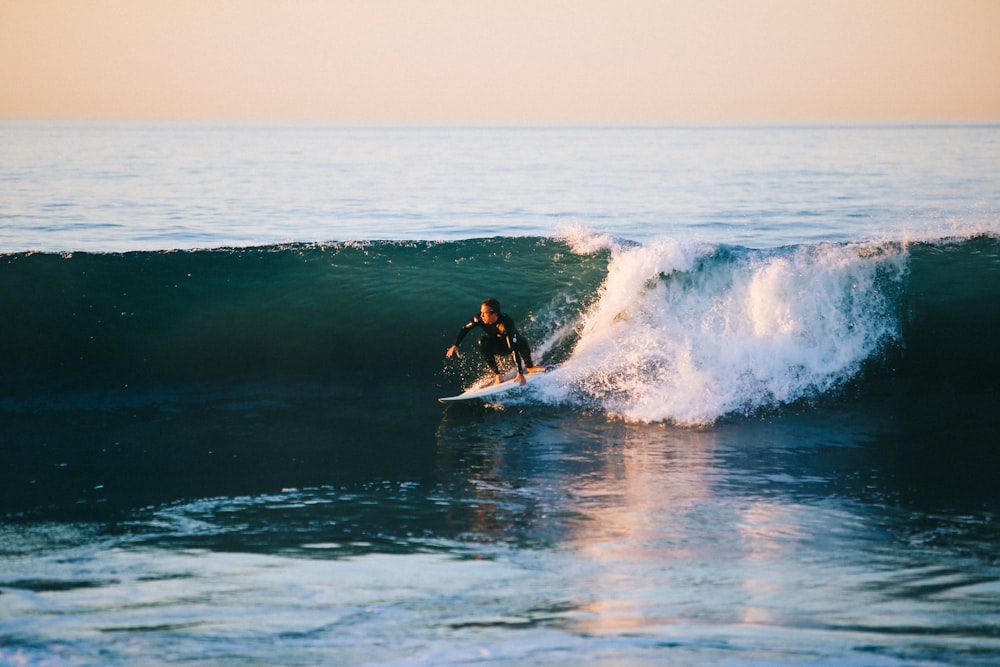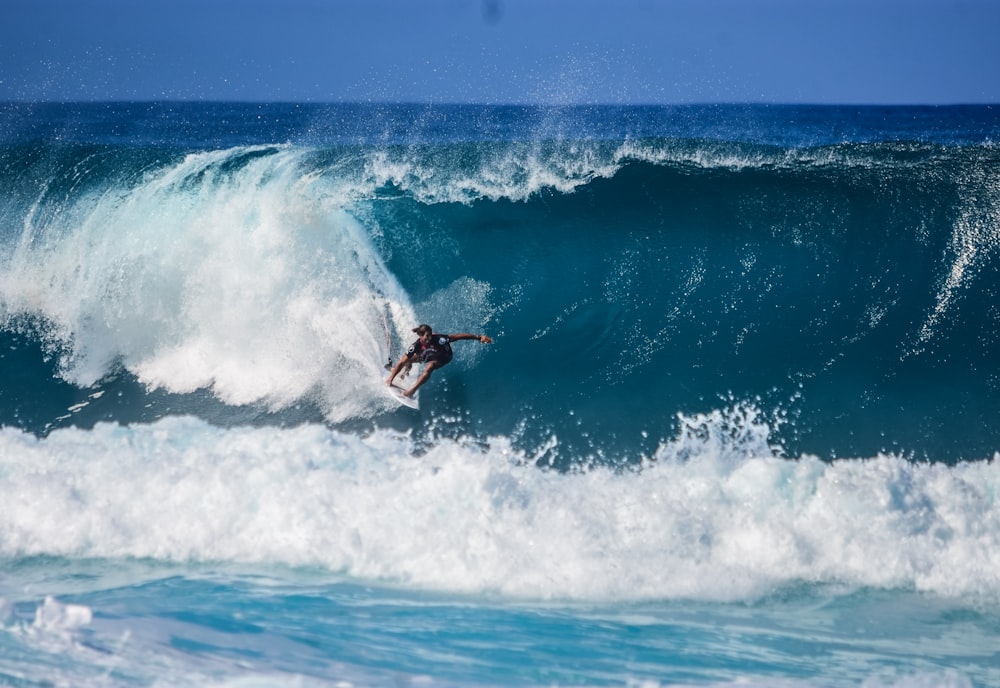Surfing Like a Pro: A guide Like Never Before
Surfing is currently a popular sport practically any place in the world where waves break, despite once being exclusive to Hawaiian nobility. Some people say that learning to ride a wave and get across the lake can change your life.
If you want to learn how to surf, make sure you have the necessary equipment, practice your surfing techniques, and get ready to catch your first waves.
Rent your surfboard: surfing tips
Image via Unsplash.com
If you have never surfed before, do not purchase a surfboard. Rental sites are typically accessible near the shore in surfable beaches, with hourly or daily rental rates that are fairly priced.
Typically, your options will be fiberglass surfboards and soft surfboards, also referred to as “soft tops” or “foam.” Soft surfboards are significantly less expensive and lighter than epoxy or fiberglass models. Soft boards are a fantastic option for novices because of their exceptional buoyancy and durability.
It depends depend on your weight and size which kind of board is best for you to learn on. The larger the board volume required, the heavier you are.
Try a longboard for surfing
The longest and most traditional kind of surfboard that is readily accessible are longboards, which have a length of 8 to 12 feet (2.4 to 3.7 meters). Longboards are frequently suggested for novices due to their ease of use, even though they’re not quite as adaptable or maneuverable as other types of boards.
A longboard is simpler to balance and paddle into waves if it has more volume. For the majority of learners, this results in more enjoyable experiences.
A funboard is a better option if you’ve tried a longboard and want something a little nimbler. Funboards are hybrid boards that are usually 7–8.5 feet (2.1–2.6 meters) shorter than longboards. Funboards blend some of the agility of a shortboard with the stability and smoothness of a longboard.
Then try a shortboard
Image via Unsplash.com
Shortboards have several fins and a pointed nose. They are shorter than seven feet. Though some elite surfers use longboards as well, shortboards are thought to be the ultimate high-performance board for pros. Mastering a shortboard requires more practice than a longer surfboard.
Fish boards are significantly wider and even shorter than shortboards. The fish board’s compact profile and flat surface make it perfect for riding small waves that other boards can find challenging. For intermediate and experienced surfers, this is an excellent board.
Another more sophisticated board is The Gun. These are expert-level surfboards, made of thin material with extremely narrow noses for surfing the largest waves. It can easily manage fast speeds and steep drops.
Get a wetsuit for surfing
In many locations, having a wetsuit is almost as important to having fun surfing as the board itself. In chilly water, the wetsuit helps keep your body warm and helps stave off chills and hypothermia. Get fitted and buy or rent a wetsuit before heading to the beach if the neighborhood surf shop suggests one. It does depend on your location, though, as wetsuits can limit your range of motion and should only be worn in extremely cold water. If the water is too warm, you risk overheating.
Surfboard wax
Image via Unsplash.com
An essential and reasonably priced product is surfboard wax, which is applied to the top of a surfboard to improve foot grip and balance in the water. Find out from your surf store which kind is suitable for the water temperature where you plan to surf.
Take care not to get any sand in the wax! This can cause stomach pain and makes it extremely abrasive.
Leash for your board: surfing tips
In the water, a leash prevents you and your board from getting separated. You don’t want to be left in the pounding surf without a board if you wipe out. Additionally, you don’t want your board to crash into other surfers or the rocks. Anyone in the water could be seriously hurt by a runaway board, not to mention the financial risk.
Additionally, make sure you have a leash line that attaches your leash to the plug at the board’s tail.
Practice on ground
Image via Unsplash.com
After fastening the leash to both your rear foot and the board’s tail, lay down on the board with your body parallel to the center of the board. To gain an understanding of the muscles you will be using, practice your paddling action with both arms while in this position.
Your back foot is often your right foot if you are right-handed. It is known as the “regular” stance. The “goofy” stance is what you do when you place the leash on your left foot. When in doubt, follow your gut instinct.
When you’re first beginning to surf, don’t just dive in; you’ll rapidly lose patience. Spend some time honing your skills in the sand.
Practice getting up: surfing tips
It takes some getting used to “taking off” (or “popping up”) on the wave and getting to the board. Raise your hands from paddle to place them below your chest, palms down on the board’s flat surface and fingers curled over the surfboard’s sides, while you lie on the board.
Tuck your feet under you and raise your body up with your arms in one swift motion. Put one foot in the spot where your hands came up and the other at least shoulder-width apart behind.
It could be simpler for you to start by rising to your knees and then raise each foot one at a time until you are standing.
Learn to stand on surfboard
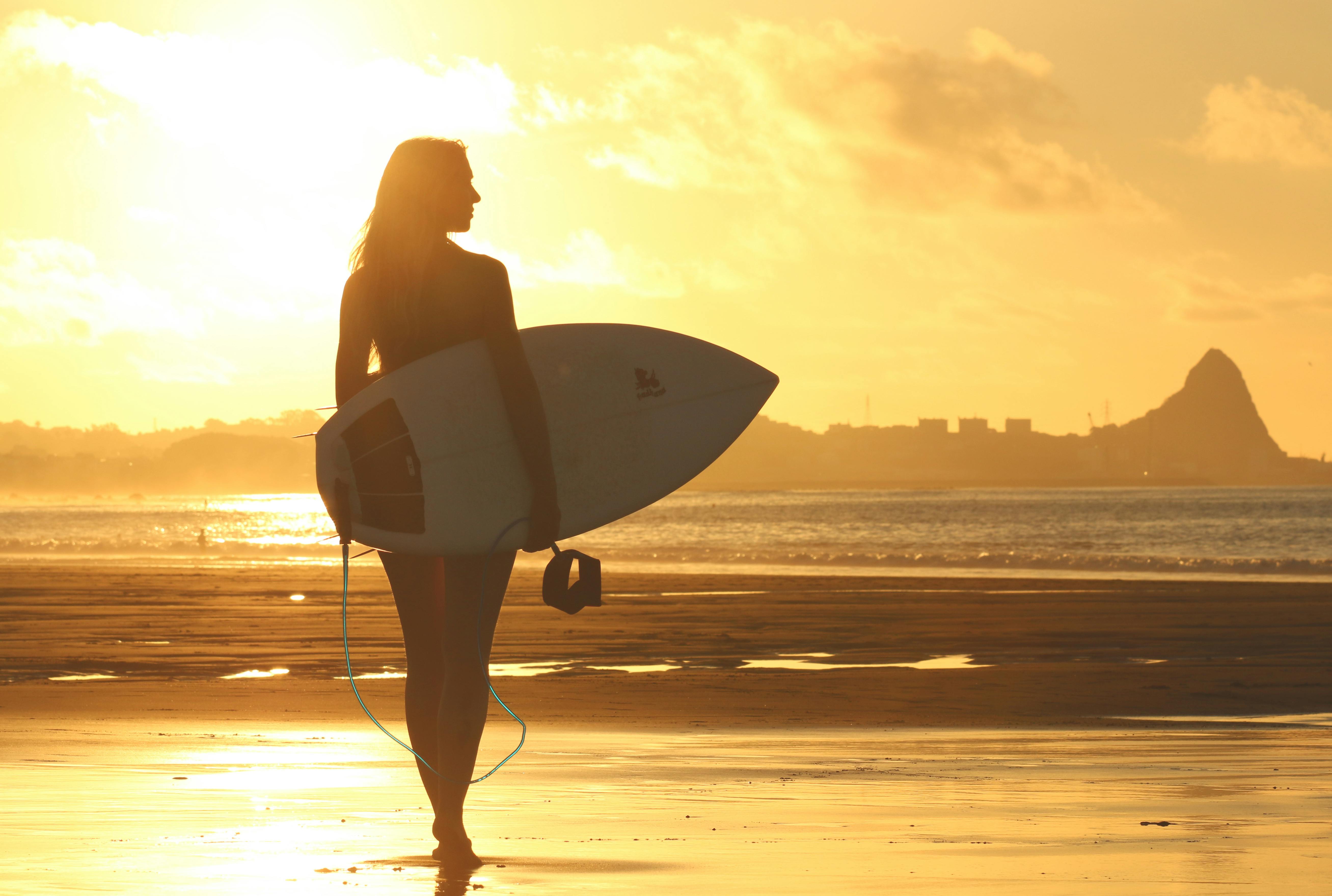
Image via Pexels.com
After you lift off, maintain your feet firmly planted on the board, your arms outstretched and loose, your knees bent, and your torso pushed forward to reduce your center of gravity.
You’ll either be a “regular foot” or a “goofy foot” depending on which foot is naturally in front. When you have a regular foot, your left foot leads, whereas a goofy foot indicates your right foot leads.
When they are first starting out, they often take a squat posture. From the bow to the stern of their boards, their feet are widely spaced apart. Although this may feel cozy, it really becomes more difficult to manage
USEFUL LINKS:
Learn more surfing tips here
Exercise to improve upper body strength

